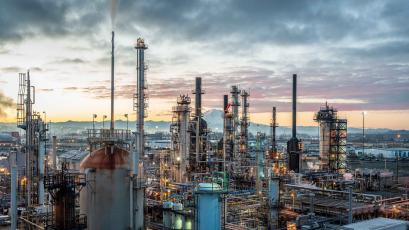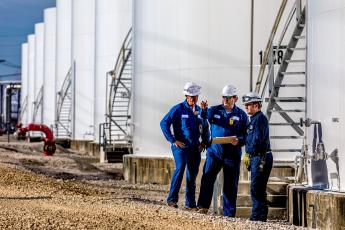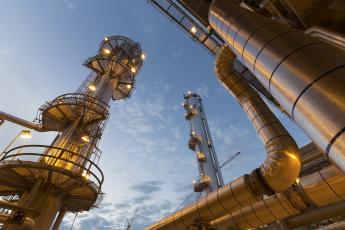
AFPM member companies remain committed to reducing emissions of hazardous air pollutants. Refiners and petrochemical manufacturers have made considerable progress through sustained investments in equipment and infrastructure. Our members maintain an outstanding record of compliance in meeting air quality and emissions reduction regulations.
Maximum Achievable Control Technology (MACT)
This regulation is designed to reduce emissions of hazardous air pollutants (HAPs) through the implementation of standards for various industries, including refining and petrochemical manufacturing. Risk and Technology Reviews (RTRs) are used to evaluate the reduction of air toxins through MACT and ensure that industries are meeting the established guidelines. AFPM supports MACT standards that are straightforward, attainable and not duplicative.
New Source Performance Standards (NSPS)
These EPA standards dictate the level of emissions that a new, modified or reconstructed stationary source, such as a refinery, factory or power plant, may produce. AFPM members comply with NSPS, but we do not support unnecessary and restrictive changes that make U.S. refiners and petrochemical manufacturers less competitive.
National Ambient Air Quality Standards (NAAQS)
These standards establish maximum pollution concentration levels to protect public health and welfare from harmful levels of pollutants. Pollutants covered by the NAAQS are volatile organic compounds (VOCs), sulfur dioxide, fine particulates, sodium oxide, nitrogen oxide, carbon monoxide and lead. In 2015, the EPA proposed tightening the ozone NAAQS. AFPM believes unnecessary, overly bureaucratic and unrealistic revisions to this standard could harm businesses and economic activity.




